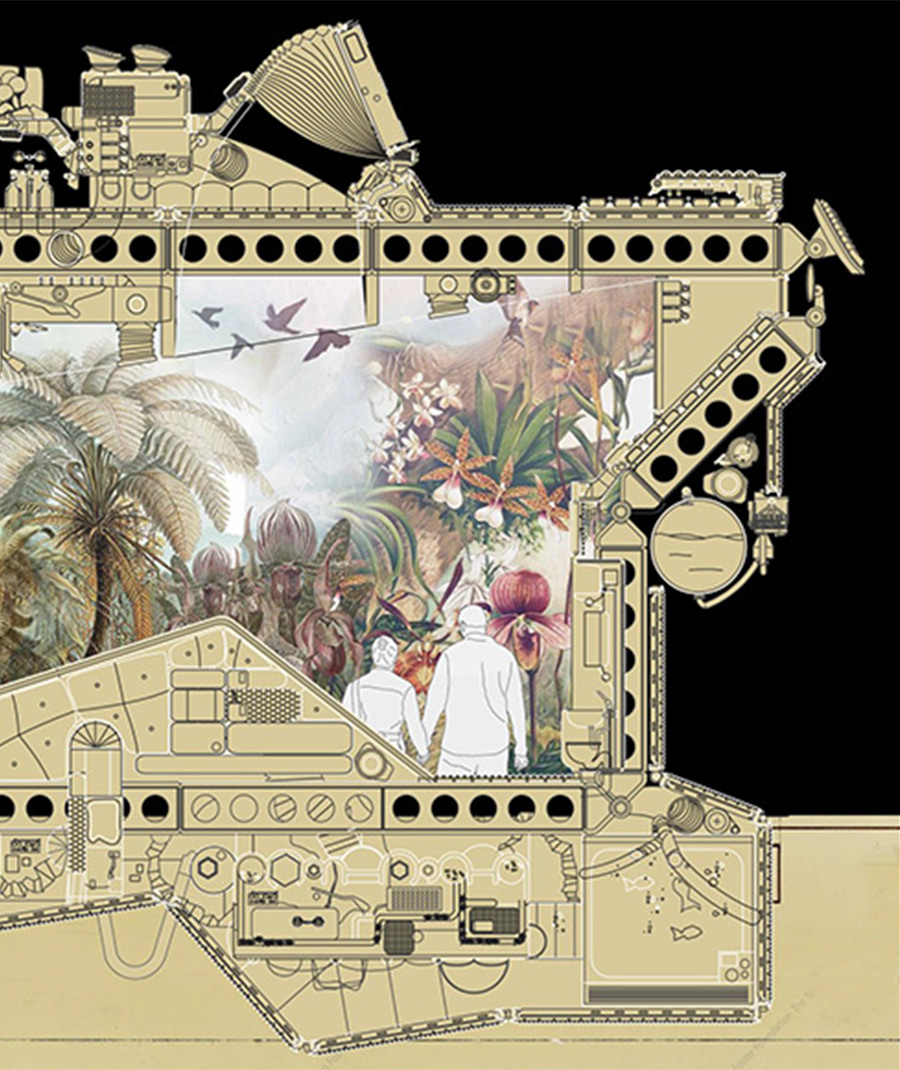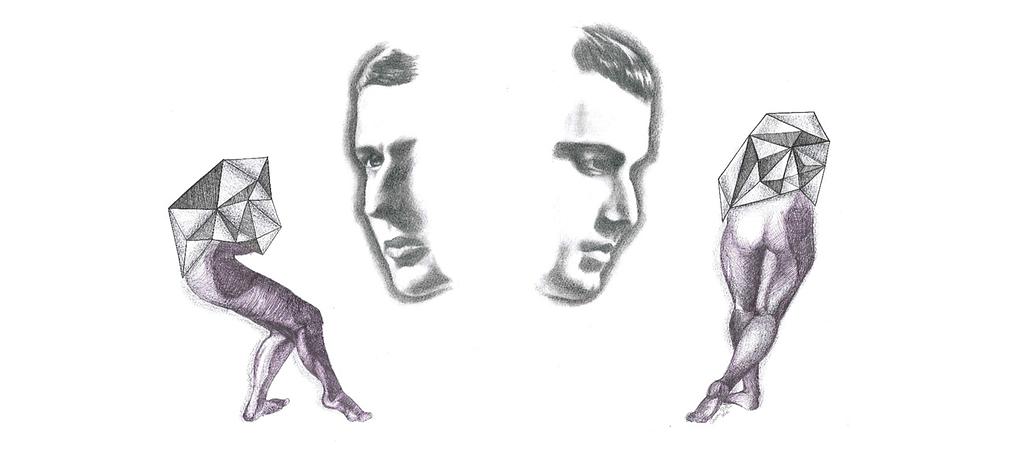Inhabiting the Anthropocene
“Telling stories of the future is always a social, material, and political practice. It always has effects; it is always non-innocent”.
Speculating about the future is never neutral; it is inherently biased. It shapes material choices, social imaginaries, and political agendas, making design a situated and consequential practice.

Summary
This statement foregrounds the idea that envisioning the future is never a neutral act. Whether through design, narrative, or technological speculation, projecting futures always involves cultural values, material decisions, and political implications. Every future we imagine brings with it consequences in the present—it informs what we prioritize, who we include, and what kind of world we make possible. In this light, storytelling becomes a critical design tool: one that is inherently social, material, and political. Acknowledging its non-innocence means embracing responsibility for the futures we help shape.
